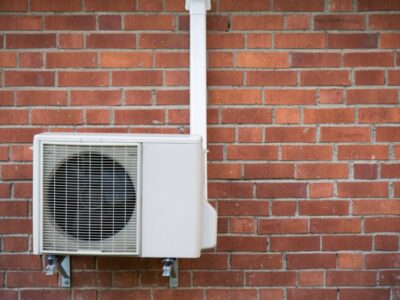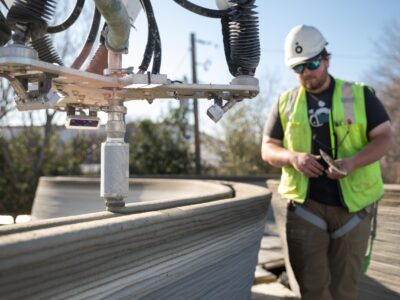Times are changing, and technology in nearly every aspect of life is improving daily. At the same time, society’s progression is never as linear as it may appear decades later in future history textbooks. Instead, technological advancement generally comes in clusters, where years will stretch without much tangible headway until it eventually explodes by leaps and bounds within months.
It is why historians usually separate the timeline of humanity into different eras based on certain innovations and experiences that served as jumping-off points for our progress. When early humans first discovered fire, they could learn a host of other activities — cooking food, increasing visibility during the nighttime, and warding off predators — that propelled them forward at an exponential rate.
This concept is not limited to the pre-industrial eras of humanity, either. The dawn of computers, for example, arguably kicked off a more significant change in trajectory than any advancement that had come before it. In less than a century since the 1945 completion of the ENIAC computer, society has since gone on to introduce digital cameras, touch-screen technology, and the ever-essential smartphone, a device roughly 100,000 times more powerful than the processor that plotted the course of the Apollo-era moon missions.
One of the latest of these technologies — with the most potential to change how we see the world — is Virtual Reality (VR). Though relatively fresh and rudimentary compared to what we might end up seeing 10 or 20 years from now, VR technology has garnered significant excitement from around the world for its ability to provide an unparalleled level of immersion for the user, generally in the form of video games. Now, a program from the Seattle Public Library and the University of Washington looks to use that next-level experience as an educational tool, building simulations of centuries past to showcase the effects of a changing climate in a way never experienced before.
The exhibit, called “Our Future Duwamish,” examines Seattle’s Duwamish River and South Park neighborhoods through a historical lens. Patrons who attend will don one of the library’s Oculus VR headsets and be transported to a starry void. Some narration will then explain the fundamental scientific reasons for shifting environmental conditions. What comes next is a simulation of the Duwamish region, but a centuries-old depiction from the times before the arrival of European explorers. After allowing the user to explore a bit of the river and the Indigenous settlements surrounding it, the exhibit shifts to a modern-day representation of the Duwamish area.
Such an immediate comparison illustrates the stark difference between the natural beauty of the earlier era and the industrialization of modern Seattle. Most importantly, audiences can observe the significant change in the river’s water levels over time.
Experts hope that such a portrayal can reveal the real world impact of rising sea levels and extreme weather conditions in library-goers minds and hopefully encourage support to mitigate these challenges through legislation at the local and national levels.
“Seeing is believing,” Heidi Roop, project leader, who echoed the educational aspect of the exhibit as something not found in videos or textbooks, told Geekwire. “VR allows us to give people an experience that we couldn’t otherwise give since we’re looking toward the future.”
Seattle’s experience is one of a growing number of similar climate-related VR projects in development around the country. Another exhibit is in progress at Penn State, where researchers have been working with Wisconsin’s Menomonee Tribe on constructing a virtual likeness of the woods their ancestors once inhabited. Much like how the Seattle exhibit focuses on water levels, this experience is designed to educate patrons on the climate’s effect on tree health, which is typically difficult to access and observe for most.
“… Climate change is abstract,” Alexander Klippel, professor of geography at Penn State, said in a Penn State research article. “Its meaning only unfolds in 10, 15, or 100 years.” Klippel hopes that projects like these will help better inform the public about how conditions on Earth are changing so that we can make educated policy choices in the present-day. “We believe that experiencing the future is essential for all environmental decision making.”





